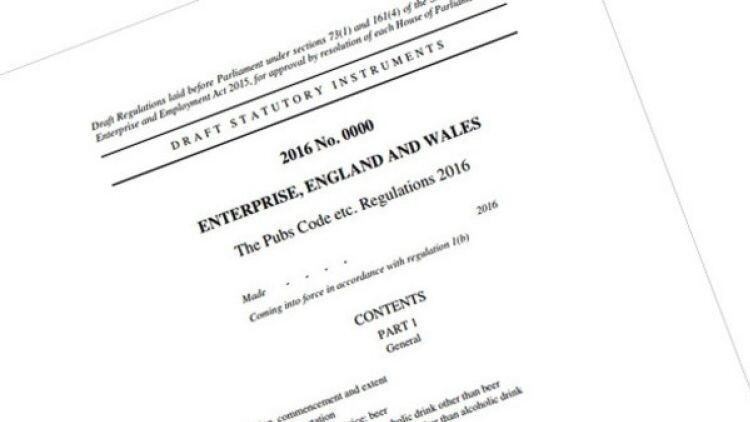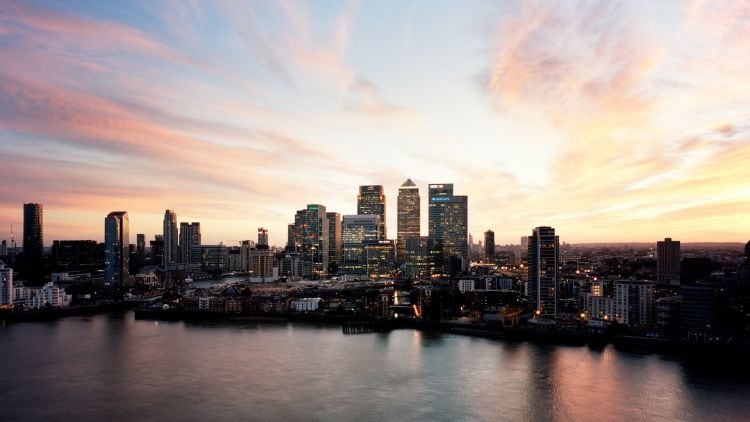If your plans are not correct then you are technically operating in breach of your premises licence and may be subject to enforcement action. Furthermore, if you are applying for a new premises licence or making certain changes to the layout of an existing premises, you will need to submit an application to your local authority enclosing suitable licensing drawings. With this in mind, here are nine key points to help you get the plans right and avoid making mistakes:
- Plans must be drawn in accordance with the Licensing Act 2003 Plans Regulations which set out the information that must be shown on licensing plans. This information includes the extent of the premises and details of the boundaries, locations where you will be carrying out licensable activities, points of access and egress and escape routes, fire equipment, stairs, steps and heights of raised areas, kitchens and customer facilities such as toilets and fixed structures and permanent or semi-permanent items that could affect people’s ability to use exit routes such as fixed seating or the bar.
- It’s an obvious point, but if your premises is on three floors, remember to include all three floors on the licence application plans! Another point to remember is if you come to vary your layout plans, perhaps on the ground floor, make sure you make it clear that the other floors remain unchanged, otherwise the Licensing Authority might replace your three-floored premises with a one floored premises if you have only supplied a plan for the ground floor showing the revised layout.
- Where your premises is being used for more than one licensable activity, each area must be defined. In practice, we normally see one area highlighted where all licensable activities will take place. However, if you have separate areas for separate activities, you will need to address this.
- Although, your plans do not necessarily need to be to a specific scale, they must be clear and legible. Whether you create the plans yourself or use a professional, make sure the layout and all relevant information is shown clearly.
- If you have any external area and licensable activities will be taking place there or in part of those areas, this will need to be shown on the plan as licensed. Even if these areas are not licensed, you may need to show them on the plans or at least reference them in the application. This is quite a tricky legal matter and may require legal advice.
- When you are defining any licensed area, remember to include the area behind any bars. This ensures that the sale of alcohol takes place within the licensed area. You do not normally need to include customer facilities such as toilets within the licensed area.
- As mentioned above, there are certain items you must show, including fixed furniture and other structures which could impact on the use of any escape routes. However, you do not normally need to show loose furniture or other items such as gaming machines. There may be circumstances where you want to show such items however, and you should clearly mark up the plans that these are for illustrative purposes only.
- Make sure you keep the licensing authority updated If you are undertaking significant works and if there are any changes to the plans that you may have had approved under an application then further applications may be required.
- Ideally, you need to give yourself plenty of time to get the changes approved prior to undertaking alterations – particularly if they are significant and costly. If alterations are minor these could be granted after the 10 working day consultation period following submission of a minor variation application. However, more significant changes (such as adding an outside bar or significantly increasing the trade area) will result in a full variation of the premises licence and a 28 day consultation period prior to grant (and possible longer if objections are received and a hearing required). If the necessary changes are minor then some licensing authorities will take a pragmatic approach and allow you to continue to trade while you make an application to amend the plan. On the other hand, if the changes to your premises materially affect the licensing objectives and are significant you may be required to wait for that approval before undertaking the works.
Licensing plans can be tricky to get right and if you are in any doubt consult a specialist licensing solicitor who can advise you through the process.
- Suraj Desor is an associate solicitor at Poppleton Allen solicitors.




